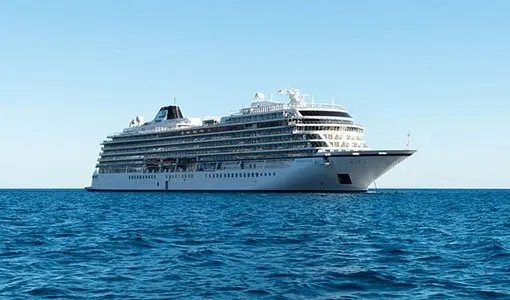Vietnamese ship owners warned about returning to black list

TIN news: Admitting that the number of ships held in custody rose significantly in the first quarter of 2017, the Vietnam Maritime Bureau (Vinamarine) said it had warned ship owners against using substandard ships.
Nguyen Hoang, deputy head of Vinamarine, when answering Lao Dong’s interview April 25, said when realizing that the number of ships held in custody is on the rise, Vinamarine, together with the Vietnam Register (VR), have applied comprehensive measures to prevent Vietnamese ships from returning to the Tokyo MOU’s ‘black list’.
A report showed that the Vietnamese fleet has 462 ships running on international routes with the capacity of 500 GT and higher. In the first quarter of 2017, 214 ships were examined at international ports and 10, or 4.67 percent, were held in custody because of several problems.
The proportion was higher than the 3.55 percent of the same period of 2014 and 2.77 percent of 2015. In 2016, the figure was 4.04 percent.
Of the 20 ships, six were held in custody in China, two in Malaysia, one in Indonesia and one in Fiji.
The ships were found to have problems in fire prevention and fighting, lifebuoy equipment, and watertight and weathertight conditions, systems used in case of emergency, maritime safety and ship management systems.
In some cases, ships were held in custody because the ships’ owners did not pay appropriate attention to practice capability of the crew in the ships’ operation.
Ships were mostly held in custody in China and South East Asia, while most of the ships were general cargo ships built 5-10 years in Vietnam.
Prior to 2014, the Vietnamese fleet was put on the black list and was subjected to strict control by port authorities.
In 2015-2016, after great efforts, the Vietnamese fleet running on international routes escaped from the black list and was put by Tokyo MOU on the ‘white list’.
During that time, very few Vietnamese ships were held in custody, which helped ships escape from regular strict examination by foreign port authorities.
According to Tokyo MOU’s rules, if a member country has a proportion of ships held in custody exceeding a certain threshold, the fleet of the country will be excluded from the white list and put on the black list.
According to Hoang, in principle, the ships must have their problems fixed before leaving ports.
Ship owners will suffer big losses if their ships are held in custody. The financial losses could be up to tens of thousands of dollars as the owners have to spend money to fix problems, and invite register agencies to re-examine ships after fixing.
More seriously, ships will be late in fulfilling goods delivery contracts.















![AIRBUS A380 [MORE THAN 600 PASSENGER’S CAPACITY PLANE]](https://cdn.tinn.ir/thumbnail/4jCp4EQvCU0b/IjHVrSYQrIAqIzXuTzADR7qLYX4idQT4nfq__26E5SCUPLMqfhWkWajvuO9Wfq1ql1TjV4dhkrHliNQU82kMpo2NNftT_NGEwHc9KXtN_rk731bmifa2IQ,,/airbus-a380-structure1.jpg)

Send Comment